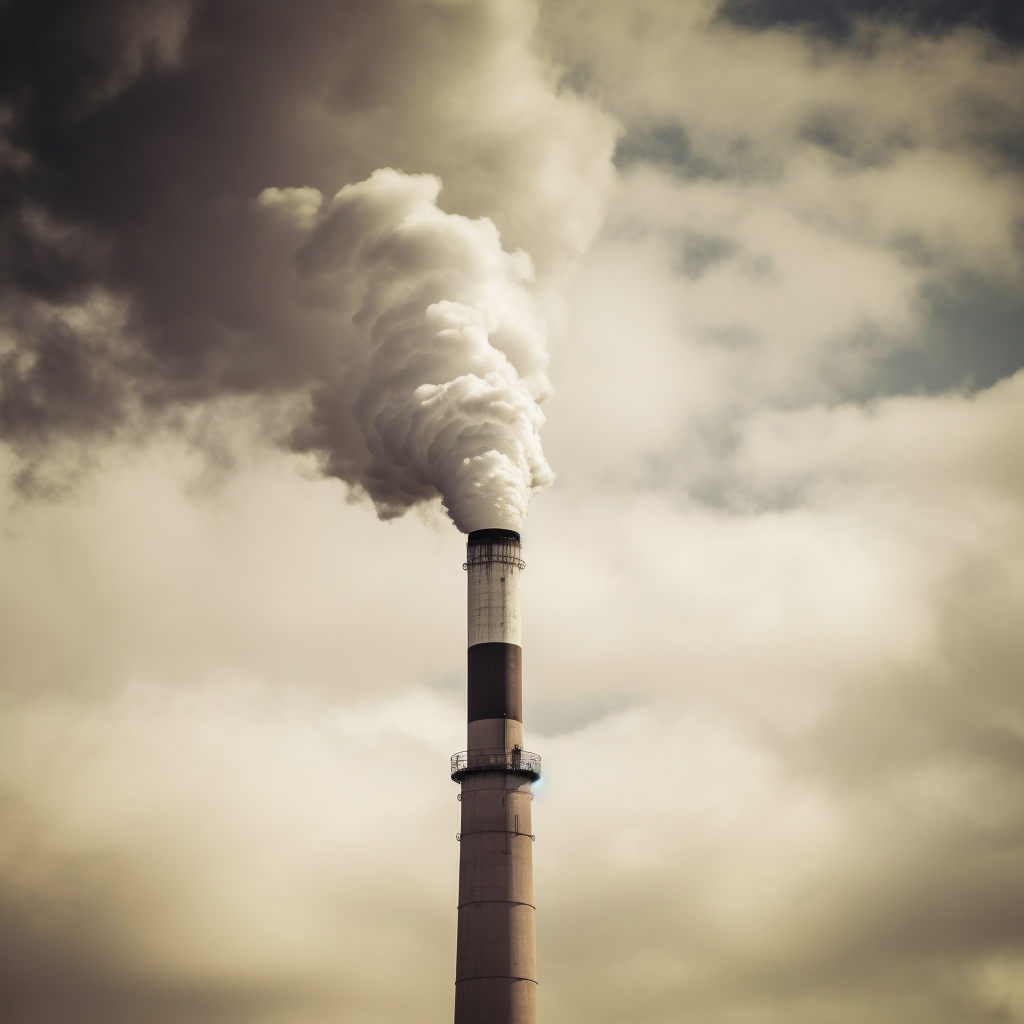April 13, 2023
The Increasing Levels of Carbon Dioxide and Methane pose a threat to Climate Change
Book a Demo
Climate change is a major environmental issue that has been affecting the planet for decades. One of the key contributors to climate change is the rise in greenhouse gas emissions, particularly carbon dioxide and methane. These gases trap heat in the atmosphere, leading to rising temperatures and a host of associated impacts such as sea level rise, more frequent and intense heatwaves, droughts, and storms. We explore three sets of information related to carbon dioxide and methane emissions and their impact on climate change.
Set 1: Carbon Dioxide and Methane Levels Continue to Rise
The National Oceanic and Atmospheric Administration (NOAA) has been tracking the levels of carbon dioxide and methane in the atmosphere. According to their data, carbon dioxide concentrations have been increasing steadily over the past few decades. In 2022, the annual growth rate of carbon dioxide was 2.7 parts per million, up from 2.3 parts per million in the previous year. This increase is largely due to human activities such as burning fossil fuels and agriculture.
Methane concentrations have also been rising, with an increase of 12.7 parts per billion in 2022. Human activities such as fossil fuel production and agriculture are the main contributors to this increase. Methane is a potent greenhouse gas, with a warming potential many times greater than carbon dioxide. The rise in methane emissions further exacerbates the threat of climate change.
The NOAA warns that these rising levels of carbon dioxide and methane will lead to further climate change and its associated impacts. Urgent action is needed to reduce these emissions and mitigate the worst effects of climate change.
Set 2: Methane Emissions are a Threat to Climate Change
Methane emissions have increased significantly in recent years, contributing to a rise in global greenhouse gas emissions. These emissions are largely due to human activities such as fossil fuel production and agriculture. Methane is a particularly potent greenhouse gas, with a warming potential 28 times greater than carbon dioxide over a 100-year time frame.
The increase in methane emissions undermines efforts to limit the worst impacts of climate change. It is essential that urgent action is taken to reduce these emissions and mitigate their effects. This includes reducing emissions from fossil fuel production, improving agricultural practices, and investing in clean energy sources.
Set 3: The Need for Continued Efforts to Reduce Greenhouse Gas Emissions
While there has been a slight decrease in greenhouse gas emissions in the US, the country is still not on track to meet its greenhouse gas reduction targets under the Paris Agreement. The electricity sector saw the largest reduction, with emissions decreasing by 10.3%. However, emissions from transportation, agriculture, and residential and commercial buildings remained largely unchanged.
This report highlights the need for continued efforts to transition to clean energy and reduce emissions across all sectors of the economy. This includes investing in renewable energy sources, improving energy efficiency in buildings, and promoting sustainable transportation options. By taking these steps, we can work towards a more sustainable future and mitigate the worst impacts of climate change.
Carbon dioxide and methane emissions are a major threat to climate change. Rising levels of these gases are largely due to human activities such as burning fossil fuels and agriculture. Urgent action is needed to reduce these emissions and mitigate their effects. This includes investing in clean energy sources, improving agricultural practices, and promoting sustainable transportation options. By taking these steps, we can work towards a more sustainable future and reduce the threat of climate change.



